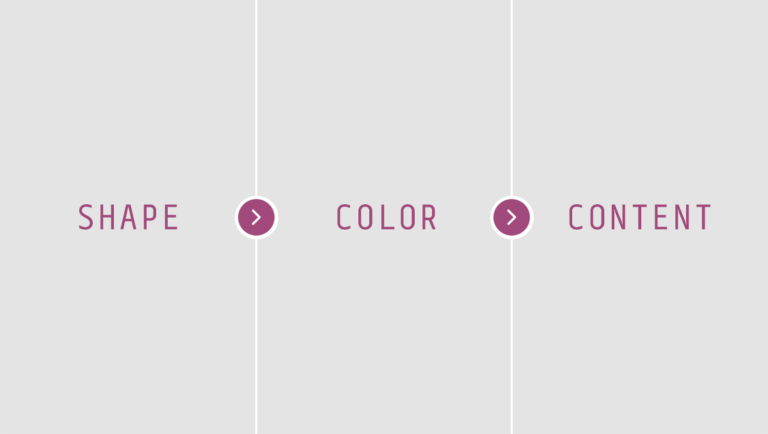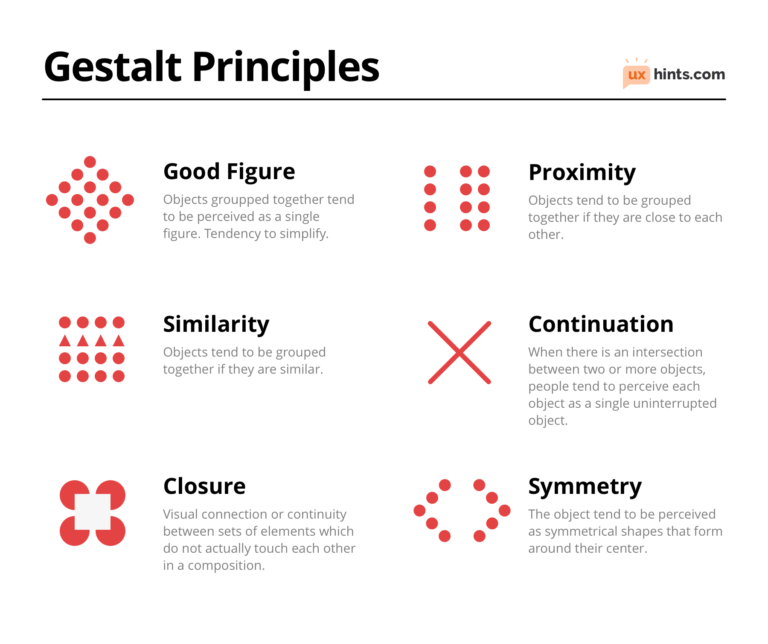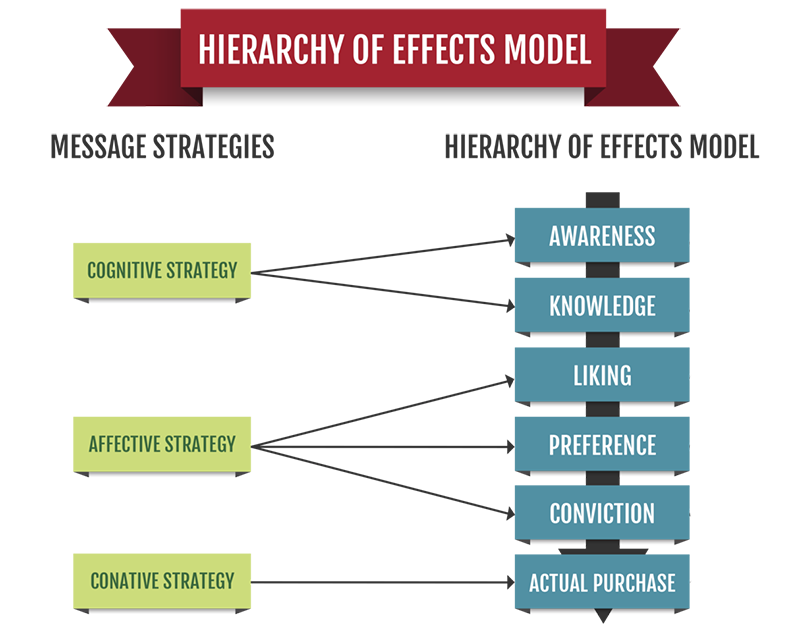Remember when you first launched your brand and all the new interest it garnered? If you’re like most companies, you know that can plateau over time. One way to beef up your branding and attract new customers is to make use of design psychology in your content. How you format your content, what colors and fonts you use, and what language you employ all influence your reader and make them more–or less–likely to purchase your products and services.
Design psychology is not a new field. Psychologists have been studying what motivates consumers to make a purchase for decades. It’s useful to understand some of these traditional marketing theories and build on them.
Hierarchy of Effects Model Theory
The Hierarchy of Effects Model is a theory created in the early 1960s. It maintains that buyers go through six stages in the buying process–awareness, knowledge, liking, preference, conviction, and purchase. Each step needs to be addressed for the consumer to move smoothly towards a purchase. While it would be great if every consumer made a purchase the first time they became aware of your product, the truth is it takes an average of six “touches” for a consumer to go from awareness to purchase.
Putting the Hierarchy of Effects Model into Action
By understanding the different stages the consumer goes through from becoming aware of your product to making a purchase, you can tailor your content to each stage of the process. For example, in the awareness and knowledge stages, it’s important to get your brand in front of a consumer and give them the information they need about your product. You can do this by showing up where your customers are in the way they need you. This could be with eye-catching ads on social media, or it could be by curating a value-adding blog that answers the questions your target customer seeks.
The preference and conviction stages are more tricky. Here, you need more than to just make them aware that your product exists. You need to establish your brand as an expert in your industry and win over your potential customer’s trust. You can do this in a myriad of ways, but your content marketing strategy will have each working together. Optimized, informative website content or a company blog is a great way to establish and demonstrate your authority and expertise. Good content strategy will work your content to the top of search results and landing “position 0” as a Google snippet is a great way to gain trust. Offering a free sample or download is another good option to show expertise and move your customers along on the buyer’s journey towards purchase.
Although advertising has changed a lot in the last 60 years, this model is still useful, even in the digital age. Basically, while the modes of marketing have changed; human behavior has stayed much the same.

Sequence of Cognition
The theory of the Sequence of Cognition deals with how our mind processes content. First, we process shape, then color, and then the content (the meaning of words). Each step can be utilized to trigger different emotions and impressions on the viewer. Understanding this as a brand is how companies work to be recognizable without ever saying the brand’s name. For example, when you see golden arches, you automatically think of McDonald’s restaurants. Or when you see four, intertwined rings, you know you’re looking at an Audi. This is accomplished through a successful understanding of the sequence of cognition and how to impress content quickly. For instance, each step in the process is an opportunity to convey meaning and stir action within seconds.
Shape
Shape, being the first in the process, can include blank and filled space. We often think first of logo design. However, fonts themselves are shapes that can pack a lot of information before a word is ever read. The fonts you use in your content actually influence your reader. It may seem like such a small detail, but when designing your content and content layout, it’s important to pay attention to it.
For example, there are hundreds of different fonts you can use. However, some are classics and have proven to be more effective in marketing. For instance, Helvetica is one of the most popular fonts used in advertising and has been around for decades. Montserrat, a newer font and evokes a classy, sophisticated vibe. Roboto is more “hip” and widely used in social media marketing. Microsoft designed Open Sans as a friendly, neutral font. Choosing a font, then, isn’t just about what you think looks nice. It’s also about what the font itself says to your customers.
Color
Next, you move to color. Colors are well known for influencing emotions. Hot colors, such as red, orange, and yellow, create strong emotions. Brown evokes a cozy, homey ambiance, whereas green has become a symbol for eco-friendliness. Black conveys a feeling of elegance and mystery. Most marketing pundits recommend avoiding blues and purples since these are seen as cooler, more aloof colors.
Content
Last comes content. This refers to what the text actually says. Clearly, the content is vitally important. You won’t convert customers with shapes and colors alone. However, it’s important to note that content is the last piece to be processed. This means the shapes created by your layout, the fonts, and colors used, could turn off a customer from ever getting to processing the content.
It’s wise to keep all of these elements in mind–shape, color, and content–as you create formats and match them to your target customer, to your product, and to your brand. It’s a simple concept, but it can heavily influence the effectiveness of any content you put out.


Visual Perception and Gestalt Principles
Gestalt Principles are natural laws that seek to describe how individuals recognize patterns, process complex images, and group similar items together. Basically, they deal with how the mind makes sense of what the eye sees. For example, we tend to group similar items together and view those items within a closed box as being associated with one another. Similarly, the mind groups together those items located within a proximity of one another.
Another Gestalt principle maintains that the mind prefers solid shapes, so we tend to see items in the foreground before we consider the background.
In content marketing, it’s somewhat easy to see how this area of design psychology could be useful to understand. Grouping content by proximity, shape, or even with a border, will quickly guide a viewer to where you want their attention. The same goes for making something stand out. This could be a particular piece of information in a blog that you want to be emphasized, so you break it into a quote format to set it apart from the rest of the text. Or an action item to download content or sign-up for something can be formatted into a button that’s solid shape make it distinct to the viewer.
When it comes to implementation, the Gestalt Principles are extremely useful for designing content to convert customers.
The Bottom Line
What does all of this mean? Taken together, design psychology means marketing isn’t just about conveying a textual message. It’s about conveying emotion and triggering action via the entire design of your content. To get the most from marketing content, make sure you understand what motivates a consumer consciously and subconsciously to move through your customer journey. How you present your idea and your brand – how you format your content – can make a huge difference in perception by your target customers. In other words, design psychology is an invaluable asset to your content marketing strategy.

